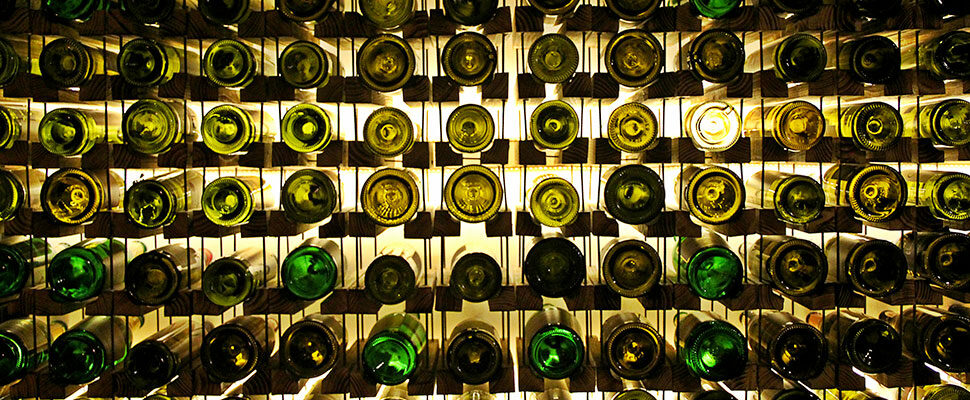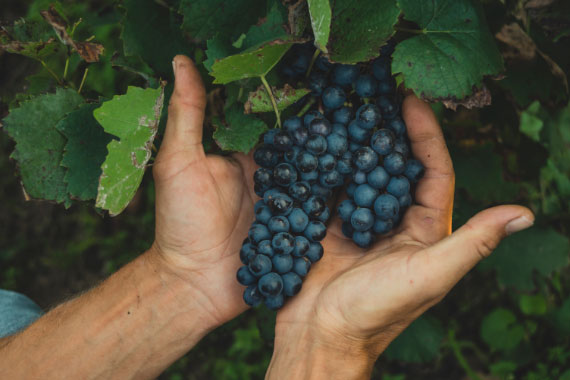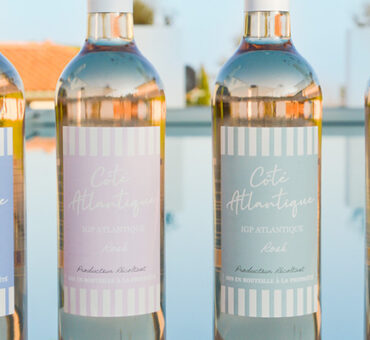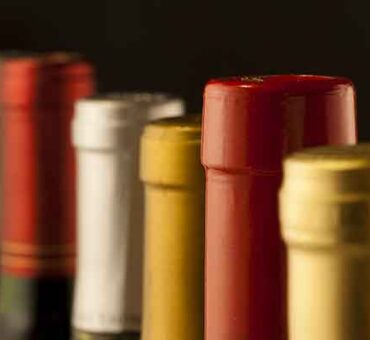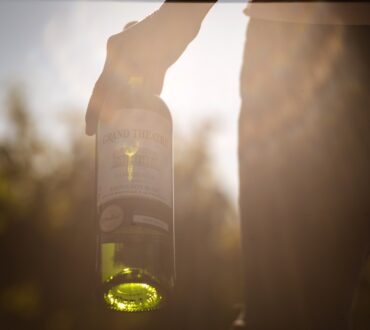Myth n°1: Old wines are better than young ones
Let’s start with this first preconceived idea: the age of the wine is a guarantee of quality. Well, no! An old wine is not necessarily better than a young one.
Indeed, not all wines age in the same way, and some are not meant to age.
If some great wines are made to be kept for years (what is commonly called “vins de garde”), a large quantity of wines are nowadays elaborated for a short or medium term consumption.

Myth n°2: the higher the price, the better the quality of the wine
The price does not always make the quality!
Indeed, you must know that first of all, the price of a wine is fixed in relation to the cost of production, vinification, management and maintenance of the vineyard. There is also the image of the château to take into account! Indeed, the reputation of a chateau influences the price of its wines: a chateau known and recognized for its know-how, its vintages and their quality will be able to sell its wines more expensive.
All these elements and steps in the production of wine generate costs that can vary from one vineyard to another, so it remains quite subjective, according to our tastes and our appreciations!
At Univitis we offer many high quality wines at affordable prices!

Myth n°3: Screw caps are only for low quality wines
Are you still hesitating to buy a bottle of wine with a screw cap for fear of the quality? We reassure you, a screw cap is not synonymous with bad wine!
First of all, it can be linked to the origin of the wine. Indeed, many wine producing countries like Australia or South Africa use screw caps for 2 reasons: culturally because cork is not used in these countries, but also for practical reasons. It facilitates their shipping.
Secondly, screw caps are perfect for wines that should be drunk young!
And yes, the screw cap is a guarantee of freshness for wines to be drunk within 2 years and does not suppress the quality of the wine. The screw cap would even have virtues of preservation of the aromas of rosé wines!

Myth n°4: You should not drink red wine after white wine
According to the popular expression ” Blanc sur rouge rien ne bouge, rouge sur blanc tout fout le camp !” you should not serve red wine after having drunk white wine. Well, this is not true!
Most generally we choose the order of our wines according to the dishes served.
Traditionally, we start our meals with starters that usually go well with white wine, such as scallops or fish carpaccio. Then comes the main course, which can be composed of meat, and therefore served with red wine.
Drinking in moderation, there is no problem to drink red wine after a white wine!

Myth n°5: Rosé is a mix of white and red wine
It would be extraordinary to be able to make rosé so simply! But unfortunately its elaboration is not so easy.
The whole secret of rosé is the maceration of the skin of black grapes with the pressed juice. For rosé, the maceration of red grapes is stopped much earlier than for red wine, that’s why the color is pink.
There are nevertheless some rosé wines coming from the blending of white wine and red wine, but they represent only a tiny part of the rosé wines.

Myth n°6 : The deposit is a sign of a past wine
The deposit represents small particles that settle at the bottom of glasses and/or bottles.
Be aware that this is a natural chemical phenomenon and does not mean that your wine is past its prime!
The deposit is most often unavoidable with the years of aging of your wine. If you want to remove as much as possible, you can decant your wine before serving it.

So, don’t stay on your old prejudices and taste wine with full knowledge!

